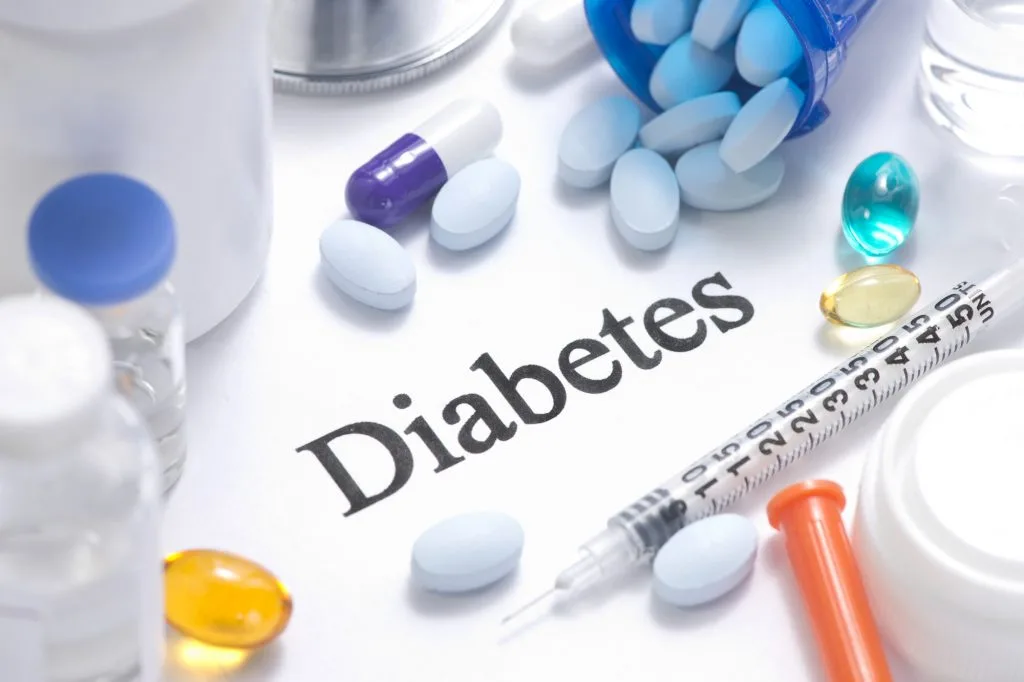Did you know that more than 100 million adults have diabetes in the United States? If you or someone you know have recently been diagnosed and are feeling overwhelmed with the difference between type 1 and type 2 diabetes, you are in the right place. We have put together this guide to help you learn the difference between both.
Causes of Type 1
Those with type 1 diabetes, their immune system is mistaking their body’s healthy cells for foreign invaders. Because it thinks they are invaders the immune system attacks and destroys the cells that are producing insulin that is found in the pancreas. Once these cells are destroyed it keeps the body from producing insulin.
As of right now, there is no answer as to why the immune system attacks the body’s cells. Researchers have not been able to figure this out but they believe that it might have something to do with genetics and environmental factors. They have found that type 1 diabetes is often inherited and is usually developed during childhood, but it can occur in adulthood as well.
Causes of Type 2
People that have type 2 diabetes are resistant to insulin. Even though the body is able to produce insulin it is not able to use it effectively. Researchers still do not know why some people become insulin resistant but this is the most common type of diabetes.
They believe that lifestyle factors might contribute to this such as inactivity or excess weight.
Treatment
Type 2 diabetes can be controlled and in some cases, it can even be reversed with exercise and diet. If lifestyle changes are not enough then the doctor might prescribe medications to help the person’s body use the insulin they produce more effectively. Some people with type 2 might also take supplements for diabetes to help their bodies use their own insulin correctly or efficiently.
Type 1 diabetes requires a person to regularly inject insulin into their body because the body is not producing insulin. The injection can be applied in soft tissue areas like the buttocks, the arm, or the stomach a few times per day.
Some people use insulin pumps instead of injections. With the pumps, there is a steady amount of insulin going into the body through a small tube. Anyone with type 1 diabetes has to manage their levels of insulin a few times per day. Levels can fluctuate quickly and you never know when they will go up and down.
Symptoms
Symptoms for type 1 diabetes appear faster than type 2 symptoms. This is why it is easier to figure out when you are dealing with type 1 diabetes. It’s a great thing that the signs are hard to miss because when symptoms are ignored it can lead to diabetic ketoacidosis (DKA).
Symptoms for type 1 usually start at a young age. Most parents take their kids to the doctor because they become seriously ill from the symptoms of high blood sugar levels. This is when they realize that they have type 1 diabetes.
Type 2 diabetes is easier to miss because it develops more slowly and usually symptoms are not discovered until adulthood. There are many people that have diabetes that do not know they have it because they do not really have any symptoms. Some people can have it up to 10 years before finding out that their body was dealing with diabetes.
The symptoms for both types are common, the main difference is that those with type 1 feel symptoms a lot sooner than type 2. Some common symptoms include going to the toilet a lot, feeling more tired, feeling really thirsty, genital itching, blurred vision, losing weight for no reason, and cuts or wounds taking much longer to heal.
Which Is Less Common?
Type 1 is less common than type 2 diabetes. Type 1 affects around 5% of all people in the United States. Even though more people are diagnosed with type 2, there might be a lot more because many go under the radar since they do not show any symptoms for years.
People can help avoid developing type 2 diabetes by avoiding processed foods and having around 150 minutes of moderate exercise every week. If you have a family member that already has diabetes and you know that you are at higher risk, then you want to be familiar with the ABCs of diabetes.
A stands for A1C levels which are the results from a blood sugar test, B stands for blood pressure, and C stands for cholesterol. Keep track of these three and be mindful of what you eat to help you avoid developing diabetes later in life.
Emotional Impact
No matter the type of diabetes you were diagnosed with this news can sometimes be overwhelming, especially if no one in your family suffers from diabetes. Keep in mind that you are not alone in this journey and there are others going through the same thing as you.
If you ever feel like you need emotional support please don’t hesitate to reach out to a helpline to speak to someone about what you are feeling.
Now You Know the Difference Between Type 1 and Type 2 Diabetes
As you can see there are a few differences between both types. Knowing the difference between type 1 and type 2 diabetes can help you understand that although some people use them interchangeably there is a major difference. Whether you have type 1 or type 2 you want to regularly monitor your insulin levels to avoid more serious health problems.
Did you learn something helpful today? Please check out the rest of our health section to catch all of our latest articles.







